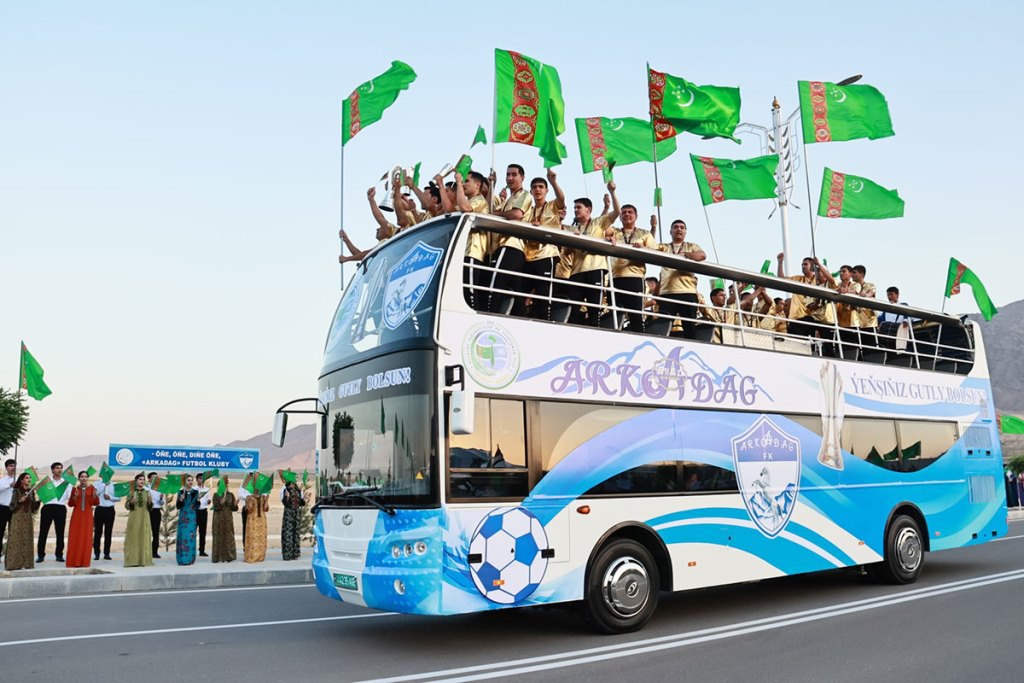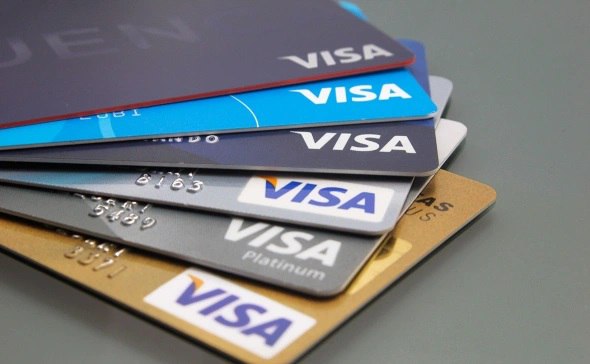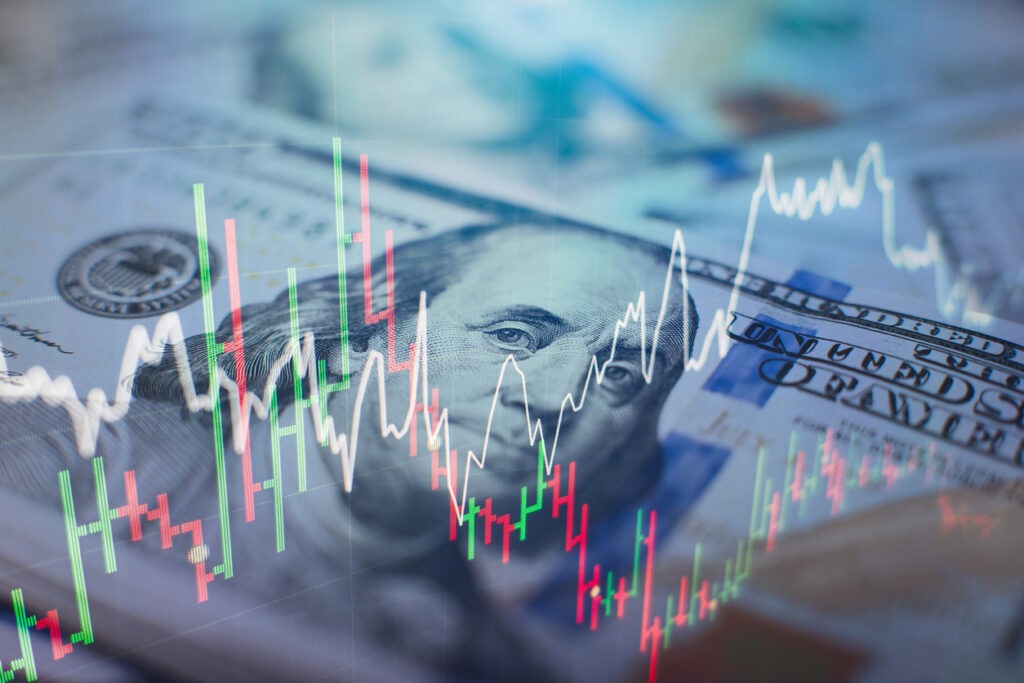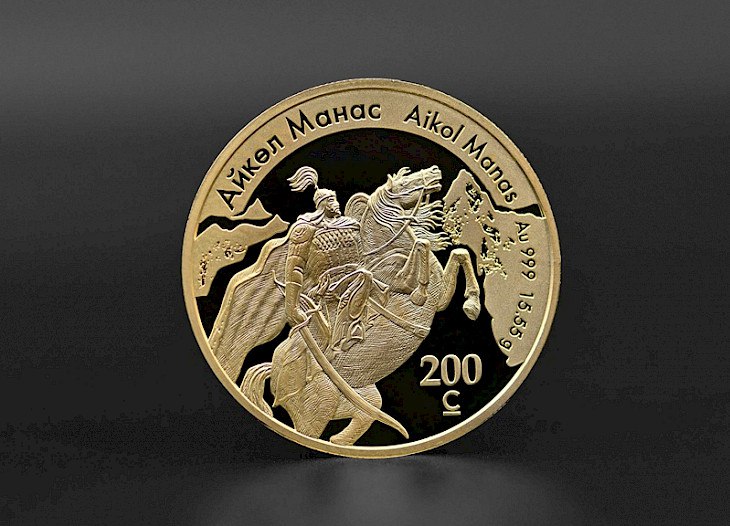Turkmenistan’s Arkadag Footballers Left Without Prize Money Despite AFC Victory
The recent triumph of Turkmenistan’s Arkadag football club in the AFC Challenge League, one of Asia’s most prestigious club competitions, has stirred controversy beyond the pitch. While the victory was widely celebrated, players were left without significant financial rewards, as over $1 million in prize money was donated to charity, prompting mixed reactions among fans and observers. The team was honored with a hero’s welcome in the newly constructed city of Arkadag, complete with fireworks and a celebratory parade. However, expectations of substantial bonuses went unmet. Each player received a symbolic $1,000 from President Serdar Berdimuhamedov, a modest sum compared to their tournament earnings. The total prize purse for winning the competition and reaching the final reportedly exceeded $1.5 million. According to official statements, the athletes themselves requested that the funds be donated to the Gurbanguly Berdimuhamedov Charitable Foundation for Children. Despite their international success, the players reportedly earn official salaries of no more than $120 per month. Turkmen football remains largely cut off from global sporting networks, with few foreign players, limited match broadcasts, and minimal competitive depth in domestic leagues. Arkadag’s main rivals frequently field incomplete squads, diminishing the overall level of competition. Sports analysts and development experts warn that the lack of meaningful financial incentives could erode player morale and hinder the growth of football in Turkmenistan. They argue that while charitable contributions are commendable, sustained investment in athletes is essential to build a competitive and inspiring national sports culture.






